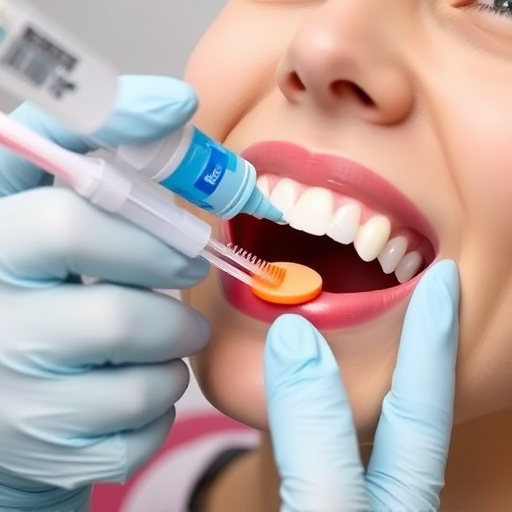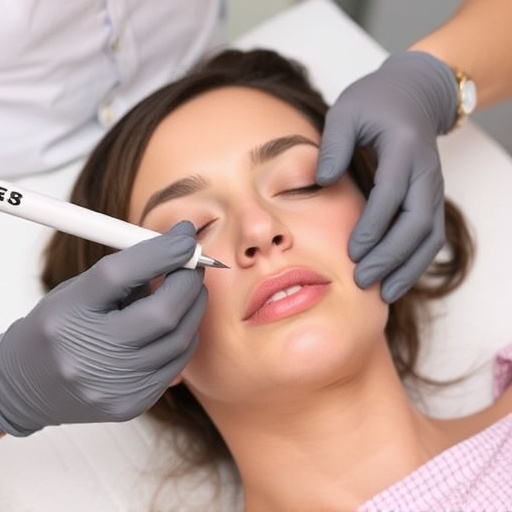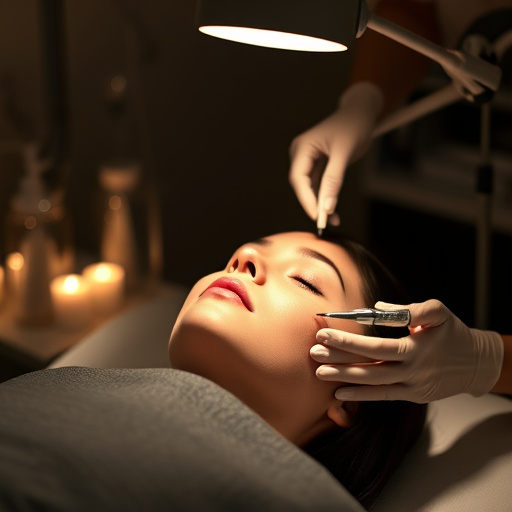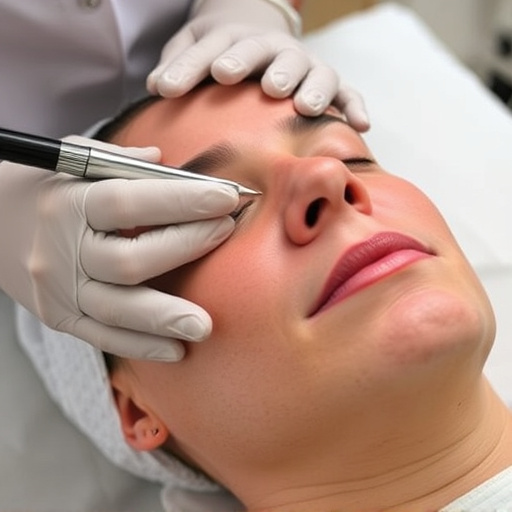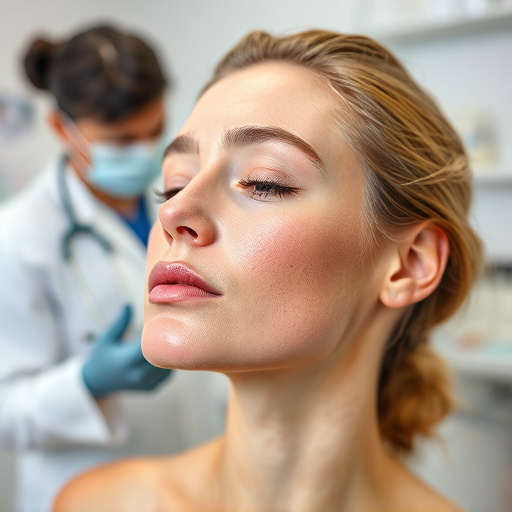Achieving hair free skin is a multi-faceted process focusing on both hair reduction and enhancing skin health. Popular methods include laser hair removal, electrolysis, chemical peels, depilatory creams, shaving, waxing, and microneedling, which stimulate collagen production, disrupt the hair growth cycle, or exfoliate skin layers for long-lasting smoothness. These techniques aim to unlock natural radiance and boost self-confidence in a beauty-focused society.
“Unveil the distinction between achieving hair-free skin and opting for hair reduction techniques. This comprehensive guide delves into the ultimate goals, methods, and considerations of each approach. From laser treatments and epilation to shaving and cream-based solutions, we explore common practices for attaining smooth, hair-free complexes. We then contrast these direct removal methods with hair reduction techniques, analyzing their longevity, effectiveness, and maintenance requirements. Discover which method aligns best with your preferences and skin goals.”
- Understanding Hair Free Skin: The Ultimate Goal
- – Definition and significance of achieving hair-free skin
- – Common methods used to attain hair-free skin
Understanding Hair Free Skin: The Ultimate Goal
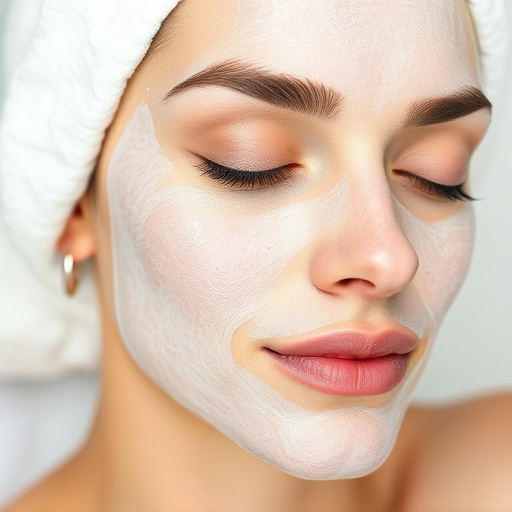
Achieving hair free skin is a desired goal for many individuals seeking smooth, radiant, and clear complexions. This concept goes beyond simply reducing hair growth; it represents a comprehensive approach to achieving a state where hair no longer interferes with the natural beauty and health of the skin. It involves understanding the skin’s unique needs and employing effective methods to create a seamless, hair-free environment.
One such method is microneedling therapy, a popular procedure at medical spa services. This technique stimulates collagen production and enhances skin brightening, ensuring that not only is hair growth reduced, but the overall texture and tone of the skin are improved. By focusing on these aspects, achieving hair free skin becomes a reality, unlocking a confident and natural radiance that starts from within.
– Definition and significance of achieving hair-free skin
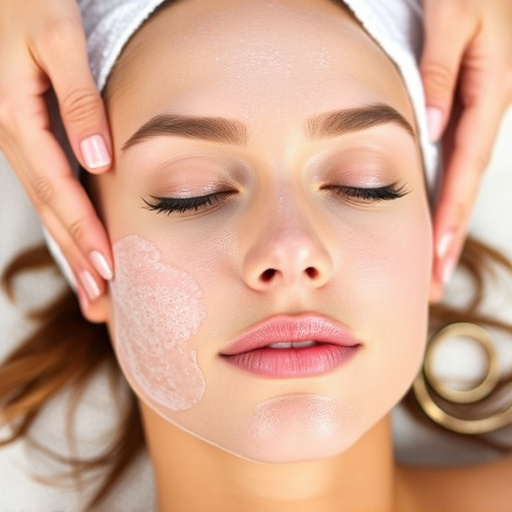
Achieving hair-free skin is a significant goal for many individuals, particularly those who prioritize skincare and overall aesthetics. The quest for smooth, soft, and virtually hairless skin goes beyond mere vanity; it’s rooted in improved self-confidence and enhanced comfort in one’s own skin. In today’s society, where beauty standards are ever-evolving, the pursuit of hair free skin has gained prominence. This desire extends not only to body areas like arms, legs, and underarms but also to facial regions, as reflected in growing trends towards hairless or minimally hairy faces for both men and women.
Reaching this goal involves a combination of effective skin health practices and suitable facial treatments. Many opt for medical spa services that offer specialized procedures such as laser hair removal, electrolysis, or chemical peels to target and reduce hair growth. These methods aim to disrupt the hair growth cycle, leaving behind smooth, silky skin. By addressing the root cause of hair growth, these treatments contribute not only to achieving hair free skin but also to maintaining long-lasting results and promoting healthier skin overall.
– Common methods used to attain hair-free skin
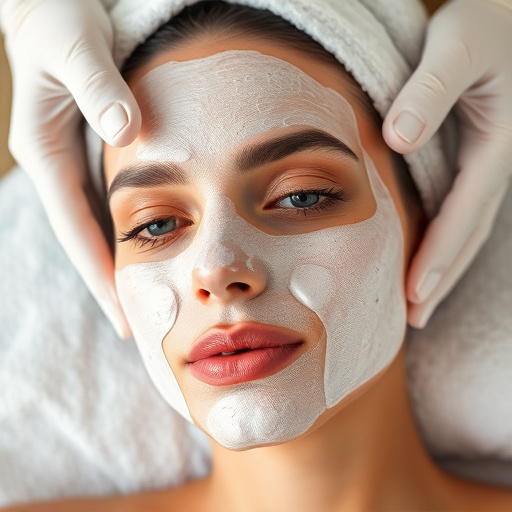
Many people aspire to achieve smooth, hair-free skin, and there are several methods available to get close to this goal. The most common techniques include depilatory creams, shaving, waxing, and more recently, laser hair removal. Depilatory creams temporarily remove hair by dissolving it at the skin’s surface, while shaving involves using a blade to cut the hair short, requiring regular maintenance. Waxing is a popular choice for many, as it removes the hair from the root, leading to longer-lasting results.
For those seeking more permanent solutions, professional skincare treatments like microneedling therapy and chemical peels have gained popularity. Microneedling involves creating tiny pricks in the skin with fine needles, stimulating collagen production and helping to thin and reduce the appearance of hair follicles over time. Chemical peels use a combination of chemicals to exfoliate the top layers of the skin, revealing smoother, softer skin below. These professional treatments offer long-lasting results but may require multiple sessions for optimal effectiveness.
In the pursuit of smooth, hair-free skin, it’s essential to understand the distinction between achieving complete hair removal and reducing hair growth. While both aim for a sleek appearance, hair-free skin represents the ultimate goal of permanent solutions, eliminating the need for regular maintenance. In contrast, hair reduction methods offer temporary relief but do not eliminate follicles, requiring repeated treatments. Understanding these key differences is vital in choosing the right approach to attain and maintain the desired result: silky smooth, hair-free skin.

